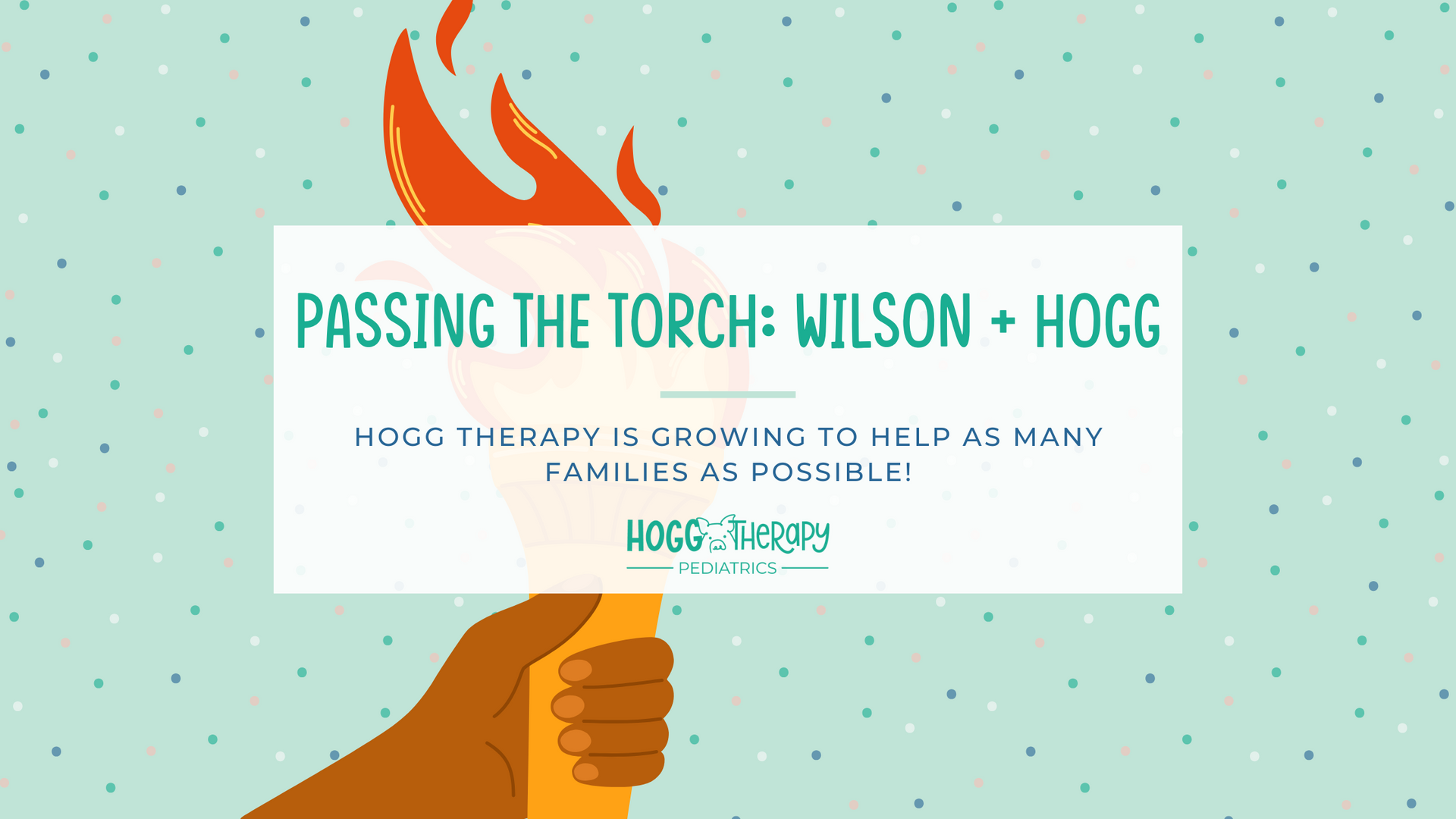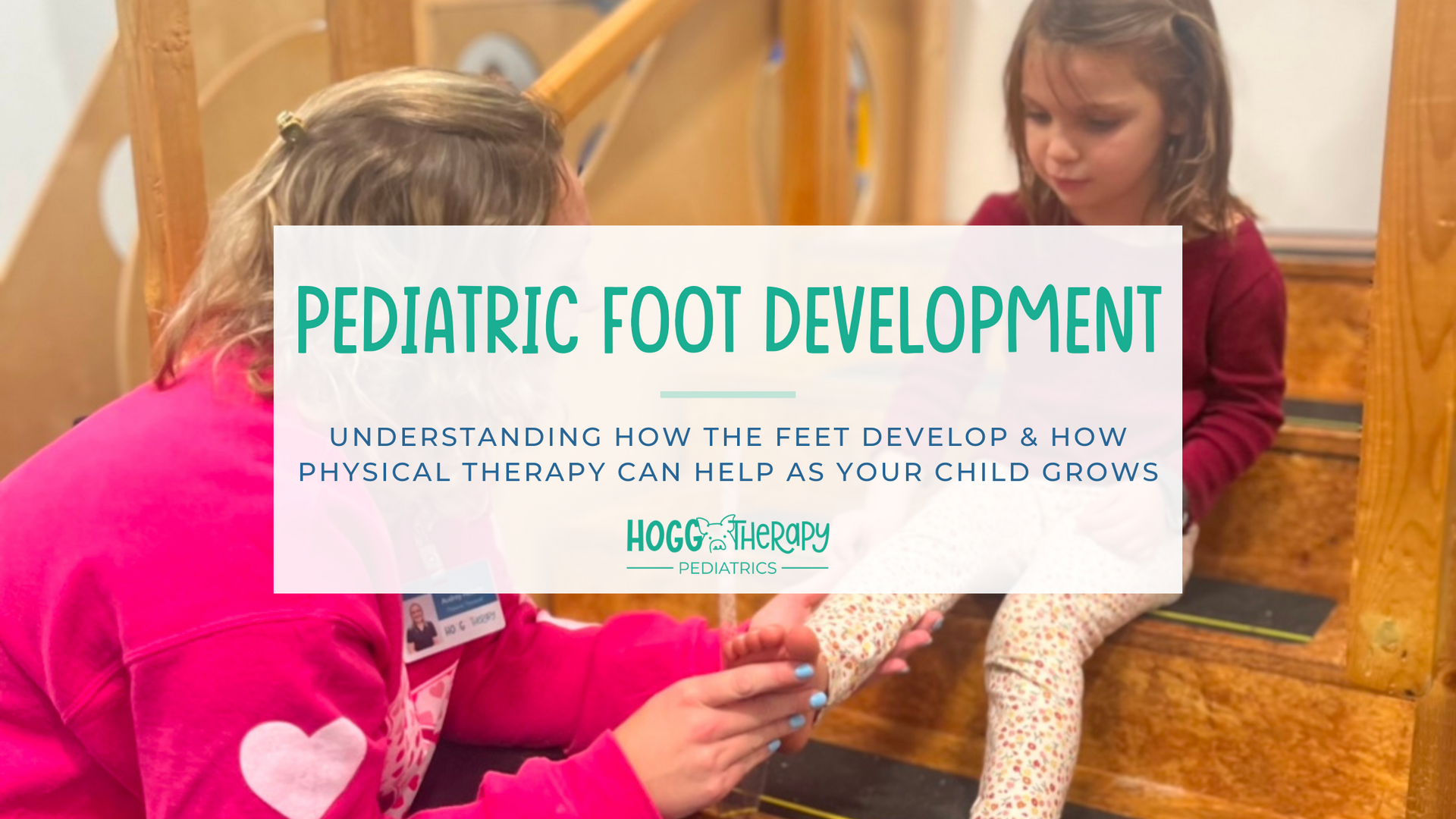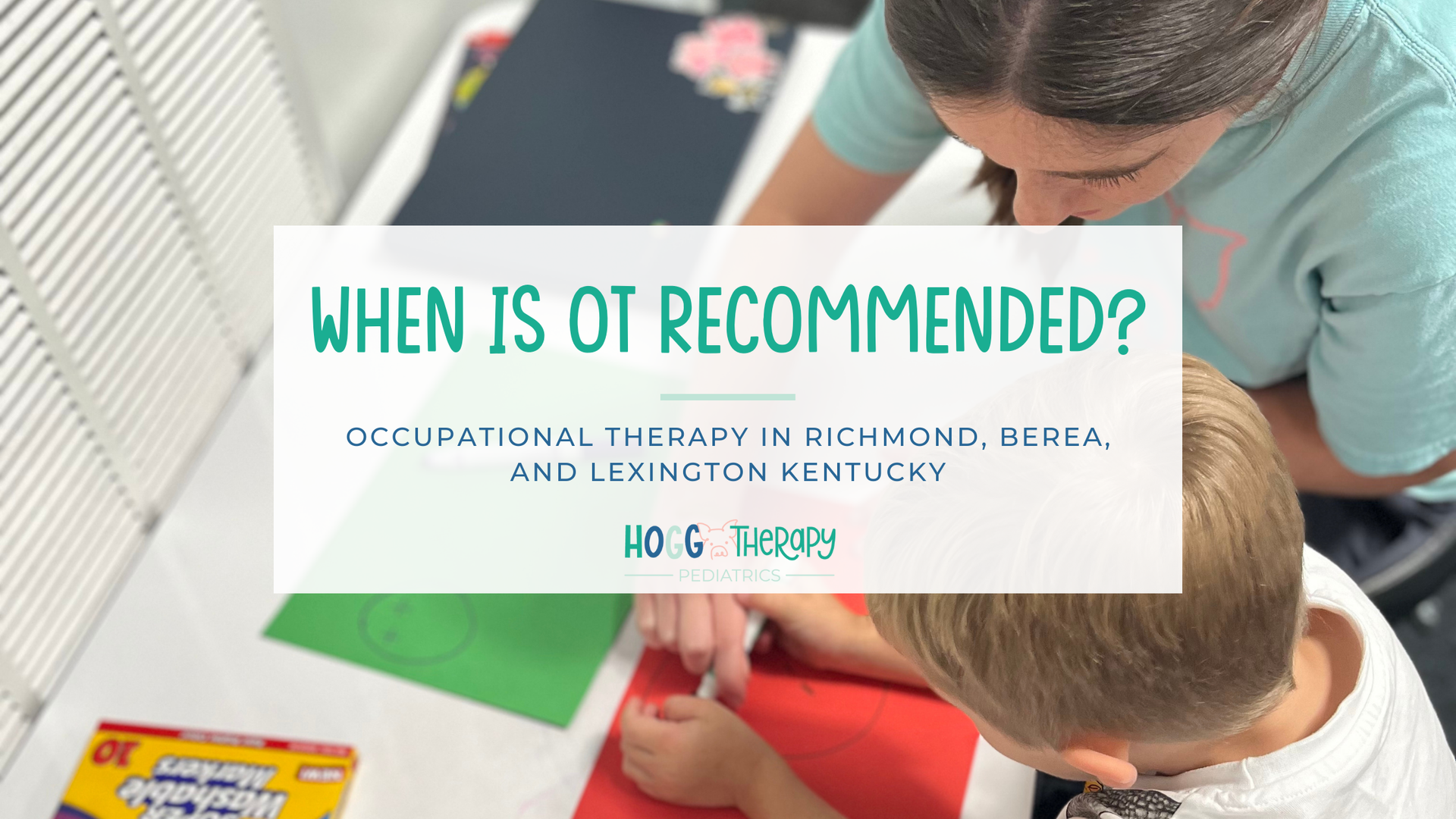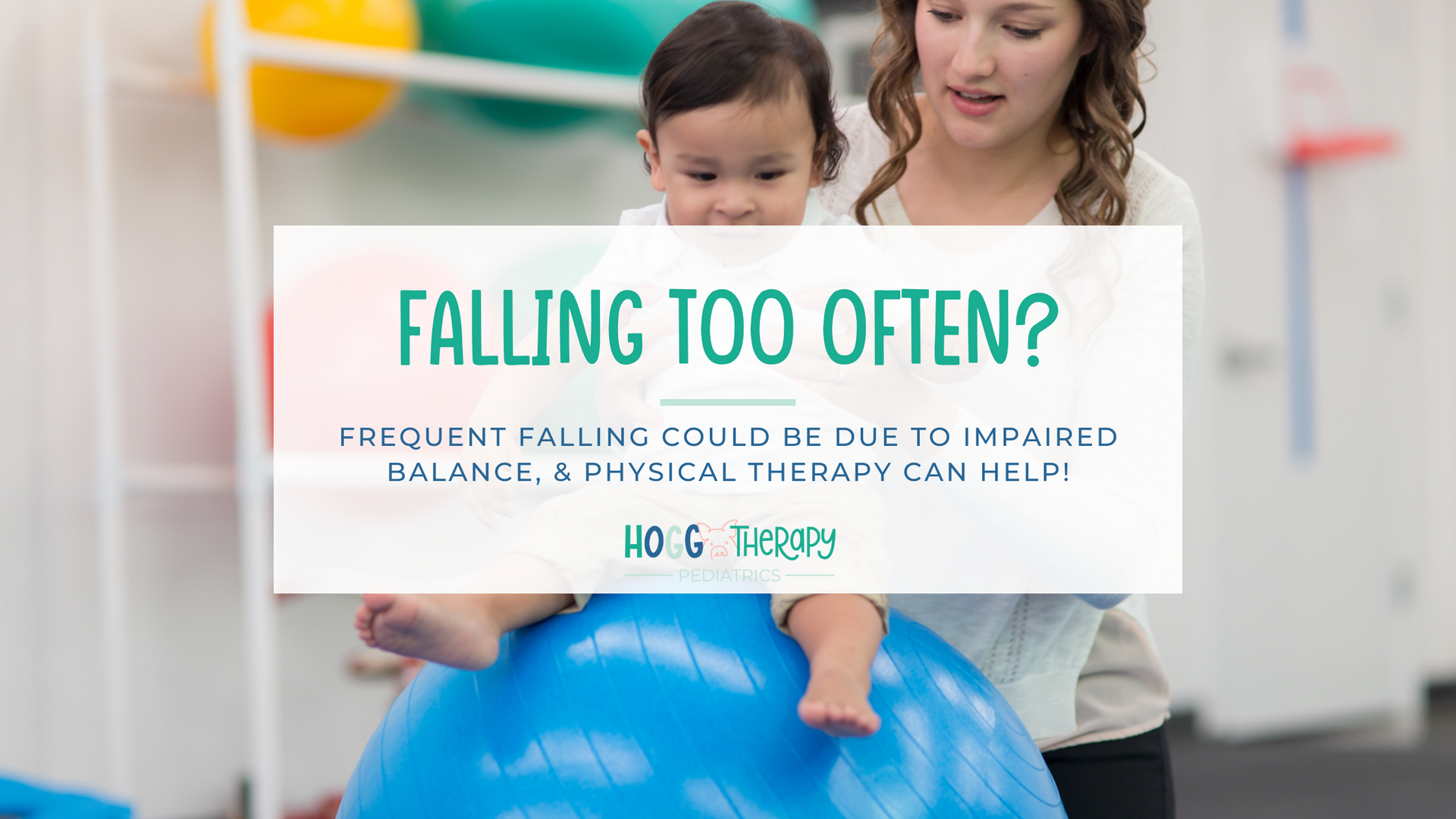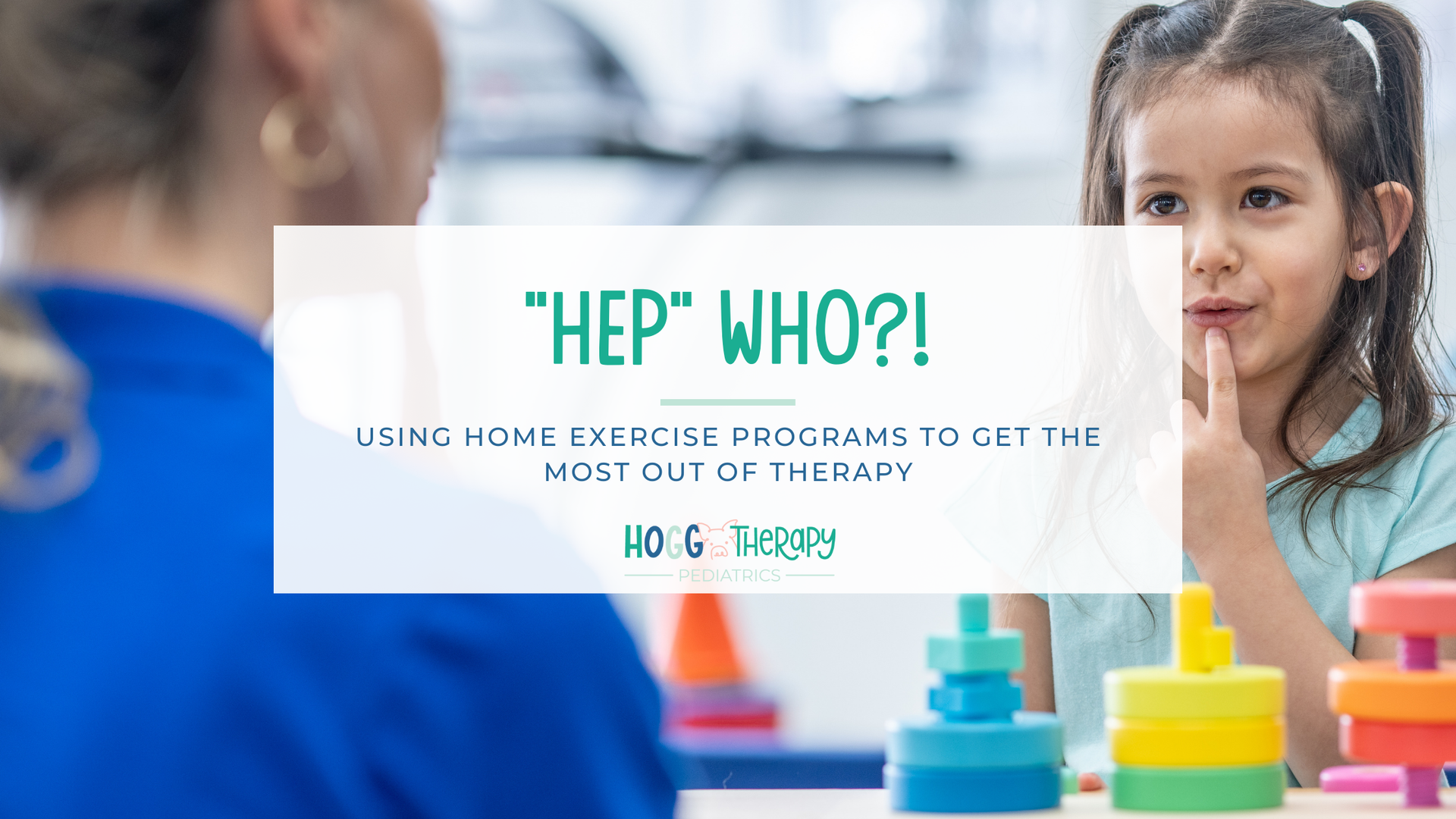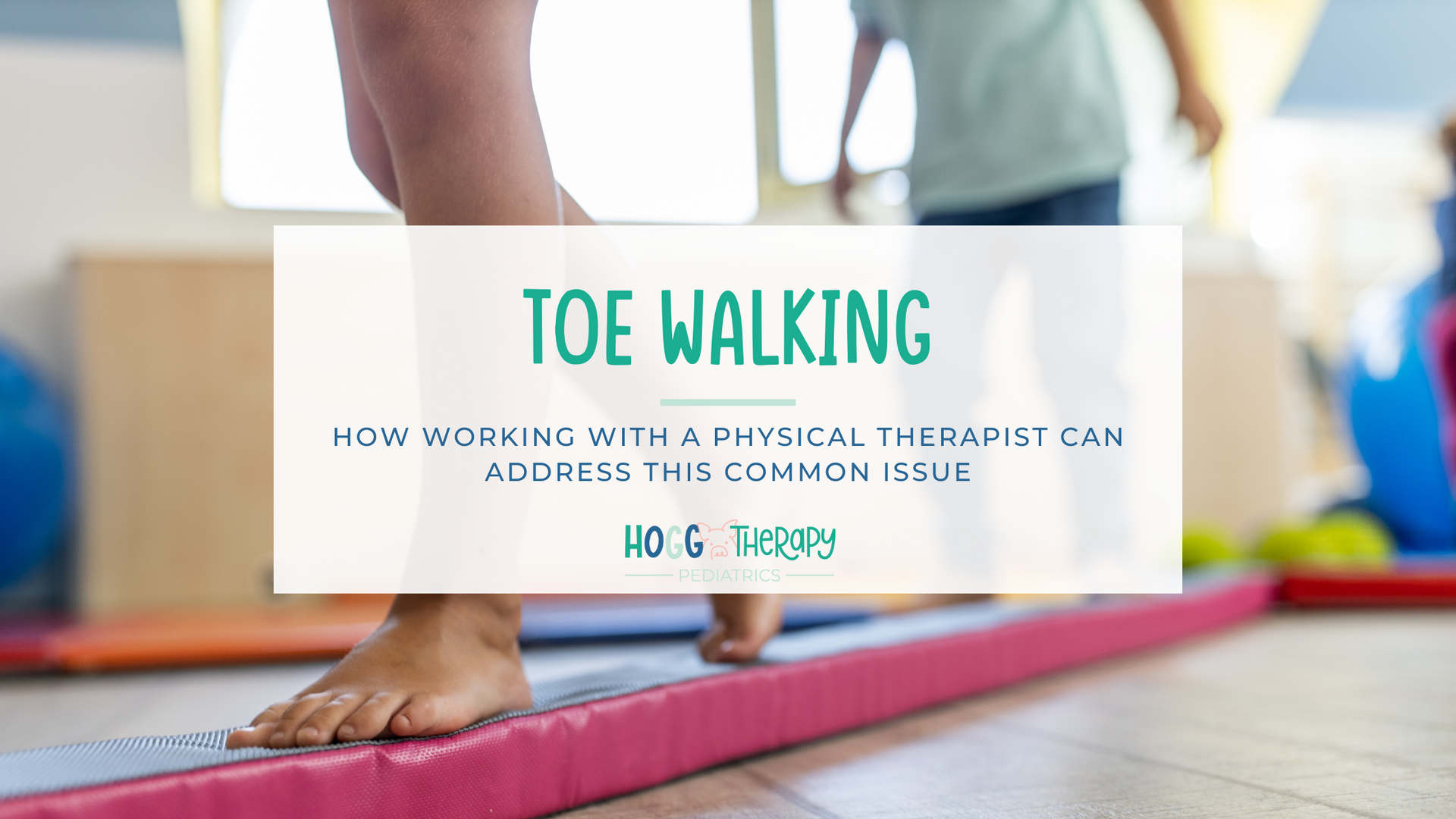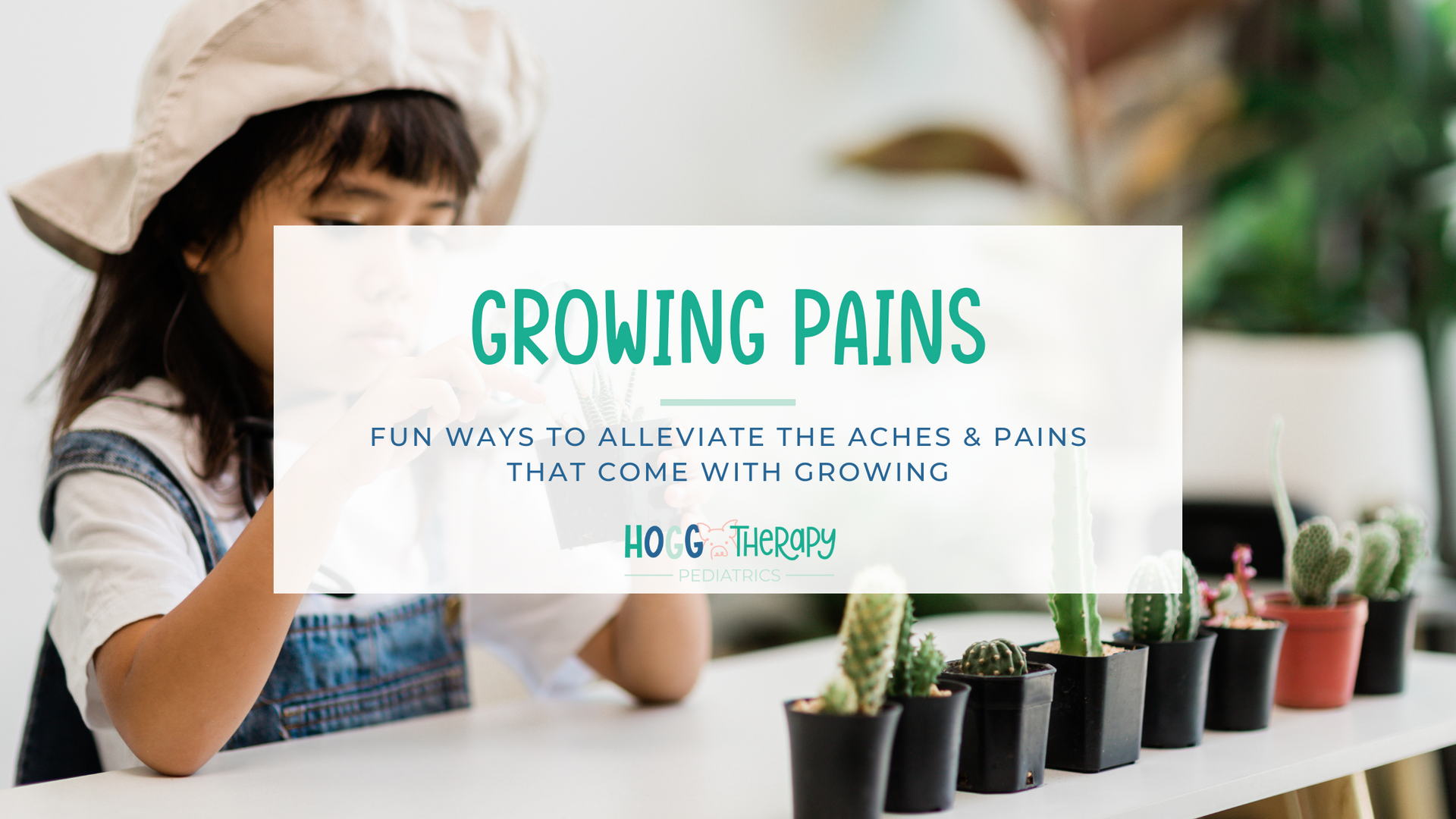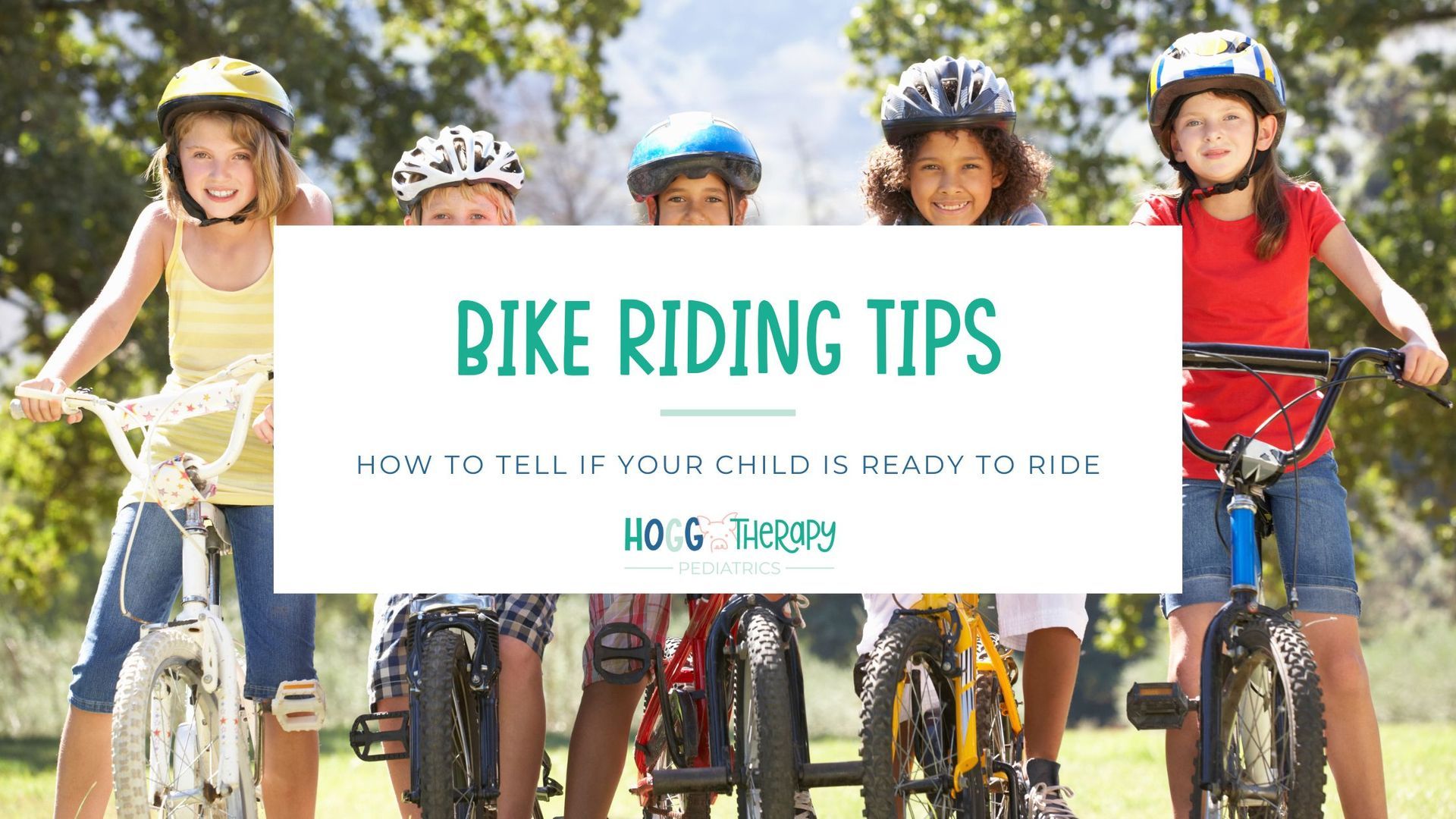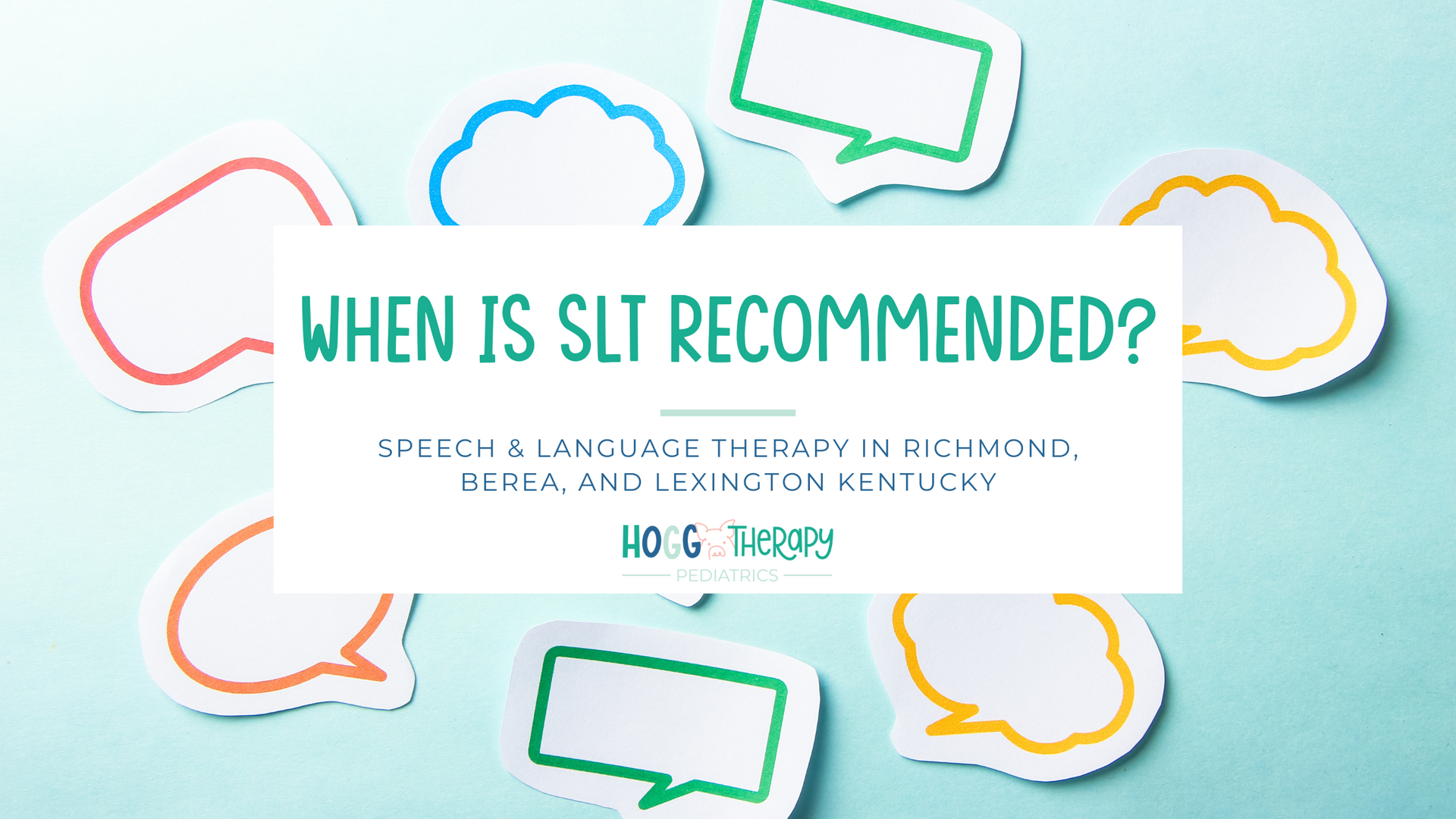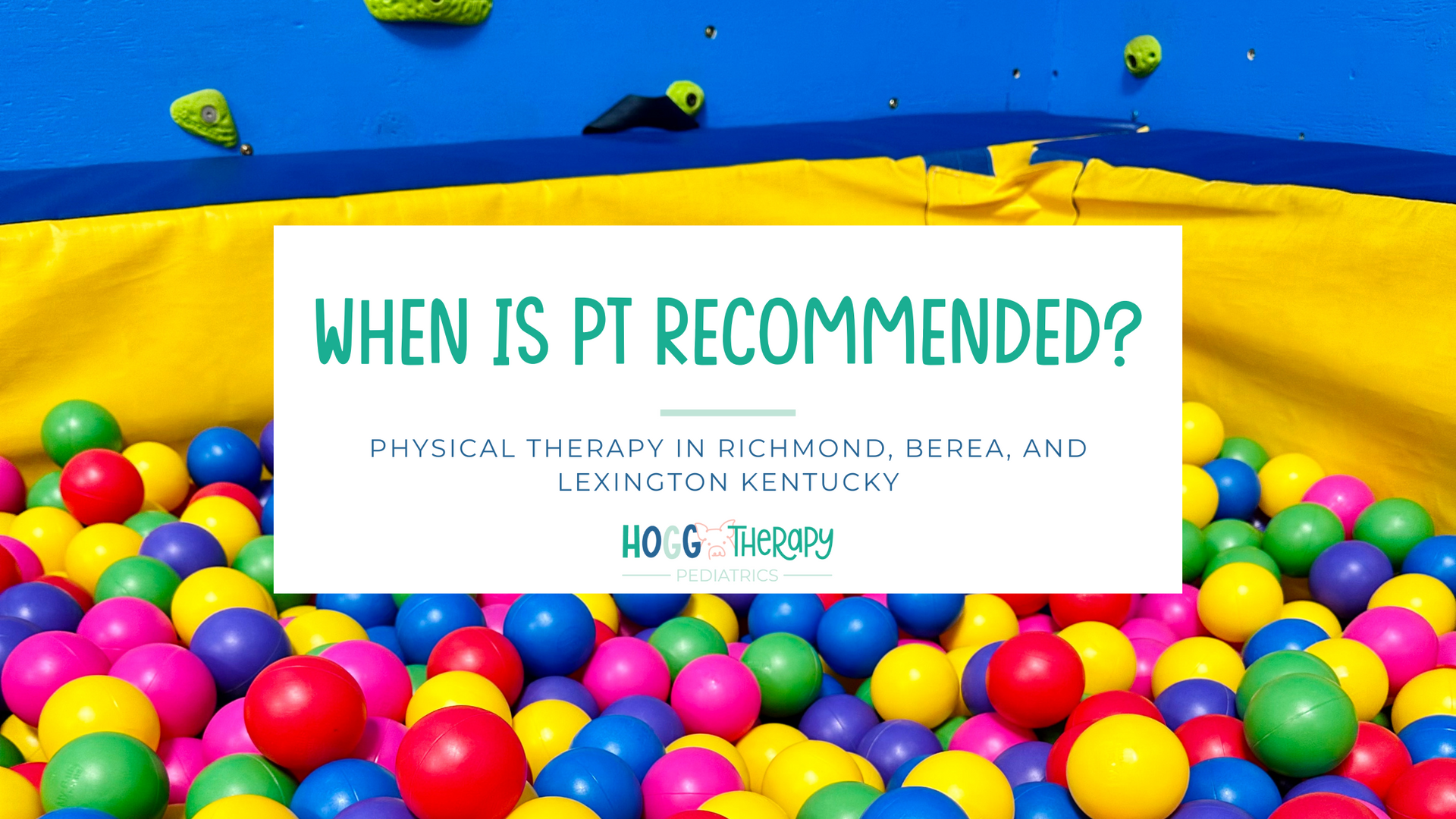Simple Toys: Foster Connection and Language Development
More elaborate and louder does not necessarily mean better. In terms of toys, simple toys offer the most language learning opportunities, room for connection, and creative fun!

More elaborate and louder does not necessarily mean better. In terms of toys, simple toys offer the most language learning opportunities, room for connection, and creative fun!
Look for toys that:
- Don’t have batteries
- Follow your child’s interests
- Spark creativity
- Are durable
- Are active
- Can be used in multiple ways
Imagination
Simple toys offer endless possibilities to foster creativity and imagination. Children are inherently curious, and open-ended toys offer a variety of ways to play and explore. Great neurological growth can come from imaginary play. With simple toys, children can expand their thinking creatively, explore, and problem solve with their bodies and minds to practice playing different roles. These moments help them use and integrate moments of observation from their daily lives into new ideas and behaviors. Studies have shown that these simple toys are better for neurological growth and are in fact healthier overall for children. They promote independence and critical thinking. In short, the more the toy is doing, the less your child is doing.
Connection
Simple toys also foster more connections during play with their caregiver or peer. They create an avenue for children that encourages interaction and playing with each other, creation of their own story lines, and using conflict resolution as social situations arise. Vital social skills are learned through playing with others and using problem solving skills throughout interactions. It helps build their emotional intelligence and intrapersonal skills. These simple toys aid children in meeting and surpassing developmental milestones. They also offer more varied connections with caregivers during play.
Promoting Language
Simple toys offer an abundance of language learning opportunities. When a caregiver is playing with a toy with their child, they can model language throughout the experience. Talk about what the toys are doing, what they can do, and offer novel ideas. Label objects as you go-- repetition is the best for young minds. Give pauses to let your child fill in the gaps. Have them ask for “more” or “help”. Follow their creative lead and see where it goes!
The following are great simple toys and listed are examples of ways to model language with your child:
Blocks
Talk about “stacking” and make the blocks go “up, up, up”. Discuss colors and what you’re making out of the blocks. Talk about size and making the tower “bigger” or “smaller”. The sky’s the limit!
Barn/House
Use animal or people toys in toy barns or houses for boundless creative play. Model animal sounds and a variety of verbs and prepositions (e.g., “the cat is eating”, “the cat is in the barn”.) Label objects throughout. It will be purr-fect!
Construction/Transportation
Any variety of construction or transportation play vehicles offer loads of language and play opportunities. Talk about what the vehicle is doing/can do. Sing songs and drive/fly to your favorite destination!
Active Toys
Movement is critical to development and can also encourage language development. Encourage movement through active toys such as balls, balloons, slides, swings, and so much more. Talk about “stop” and “go.” Incorporate verbs and following directions. Get moving!
Dolls
Dolls offer experiences such as feeding, brushing hair, changing diapers, and creating storylines. Your child will love hugging and taking care of something.
Bubbles
Bubbles never seem to lose their magic. Use bubbles to encourage requesting such as “open”, “more”, or “help”. Work on blowing bubbles to encourage oral motor development. Talk about “popping” bubbles. Pop bubbles on your child’s hand, foot, arm, leg, etc to target body parts. The fun will be bubbling over!
Food/kitchen
Use play food or play kitchen toys to “get cooking”. This is great for labeling foods, talking about verbs like “stirring” or “cutting”, talking about “hot” and “cold”, and anything else cooking related.
Playdoh
Playdoh is such a fun open-ended activity with sensory play also incorporated. Have your child use their imagination to create everything from pizza to snakes to trains. Talking about “rolling”, “squeezing”, “squishing”, and “cutting.” This is a great time to work on fine motor skills as well. It will be a to-doh-ly amazing time!
There are so many more simple toys out there. Remember, more is not necessarily better. It is ok to simplify play toys and gravitate towards fewer, quality toys. Instead of instant gratification, children learn patience, persistence, cause and effect, and so much more!
Check us out on Pinterest!
Follow us on instagram!
Berea Location
Berea, KY 40403
Tel:
(859) 353-3666
Fax: (859) 448-7077
Richmond Location
Richmond KY 40475
Tel:
(859) 353-3666
Fax: (859) 448-7077
Website Designed by Creekmore Marketing

